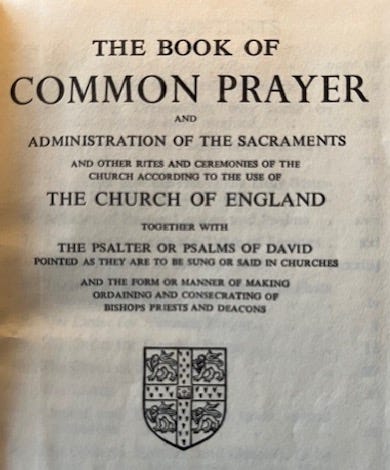The enduring beauty of Choral Evensong
The melodious voices of the choir and the gorgeous organ notes come with a message that touches some deep sequestered ancestral memory
By DAVID MYTON
Not long ago I attended a service of Choral Evensong at York Minster in the North of England. It was the first time in a long time. The last must have been around 50 years ago. I lived in York then; the city of my birth, where I grew up, had my first job, got married, had a couple of kids, moved to another city, then to another country. Australia.
I settled in Sydney. For a few years I was quite serious about religion, attending an Anglican Church (Reformed, Scripture-centric, Calvinistic) and for a time I studied theology – a subject that continues to fascinate me.
After a time I left that church. There was too much of Luther and especially Calvin for me to be comfortable. The notion of Biblical inerrancy didn’t sit easy with me.
It may have seemed rational and logical in the 16th century, but for me not any more. I’m not dissing those who believe it. I respect their faith. But I prefer my Protestantism – and worship - to be on the High side.
And so to York, where I am taking a holiday. It’s a cold, foggy Spring evening but nothing obscures the majestic Minster (official title The Cathedral and Metropolitan Church of Saint Peter).
I step inside this Gothic marvel, lost for words at the soaring architecture, the spectacular medieval stained glass windows, of living history, and a palpable sense of holiness in the dictionary sense (dedicated or consecrated to God or a religious purpose; sacred).
I join the queue for the Choral Evensong service, perhaps 40-50 people in attendance. We settle in, a bell rings, the choir enters, mostly young, a mix of ages and gender, singing a prayer a capella. The entire service is ethereal, beautiful, it is worship and an aid to worship.
For me, the service is transcendent. The melodious voices of the choir and the gorgeous organ notes come with a message that touches some deep sequestered ancestral memory.
History springs to life, summoned by the words and the music. But it is not just about the past, it is very much in the now. Although I have not attended for a long time, it feels familiar. There is something very English about it.
Indeed, Evensong has a long English pedigree - the great reformer Thomas Cranmer ensured its place in The Book Of Common Prayer, from which it spills out into the broader culture reflected, for example, in the poetry of John Betjeman (Summoned By Bells); Alfred Tennyson (Gareth and Lynette); Thomas Hardy (The Darkling Thrush); Robert Service (Seven); and my favourite - Mark Knopfler (Lions).
Cranmer’s stroke of genius was to take the services used in the monasteries pre-Reformation (eg, Lauds, Prime, Terce, Sext, Nones, Vespers, Compline) and basically to blend them into just two: Matins, (Morning Prayer), and Evensong (Evening Prayer).
And so the Evensong service is replete with history, being based upon the old Latin services of Vespers and Compline.
Cranmer not only translated them into English from the Latin, but also ensured they were simplified and improved so that each service contained Psalms and a canticle, verses from Scripture, the Lord's Prayer and other prayers, followed by versicles (short exhortations from the Minister) and responses. It was also arranged that two long lessons from Old and New Testaments should be read at each service.
It is possible to enjoy Evensong simply as a work of art, in a sense of theatre. Others might see it as a re-enactment of history and tradition; and through it others might worship God, or perhaps even find God. And others might do all of the above.
For a detailed history of Cranmer’s role in the development of The Book Of Common Prayer, and of Evensong, and other services, I would recommend Evensong Explained, with Notes on Matins and the Litany by W.K. Lowther Clarke, London 1922, which you can read here -https://www.anglicanchurchtwente.com/06-F-Services/06-Evensong-Explained.pdf






